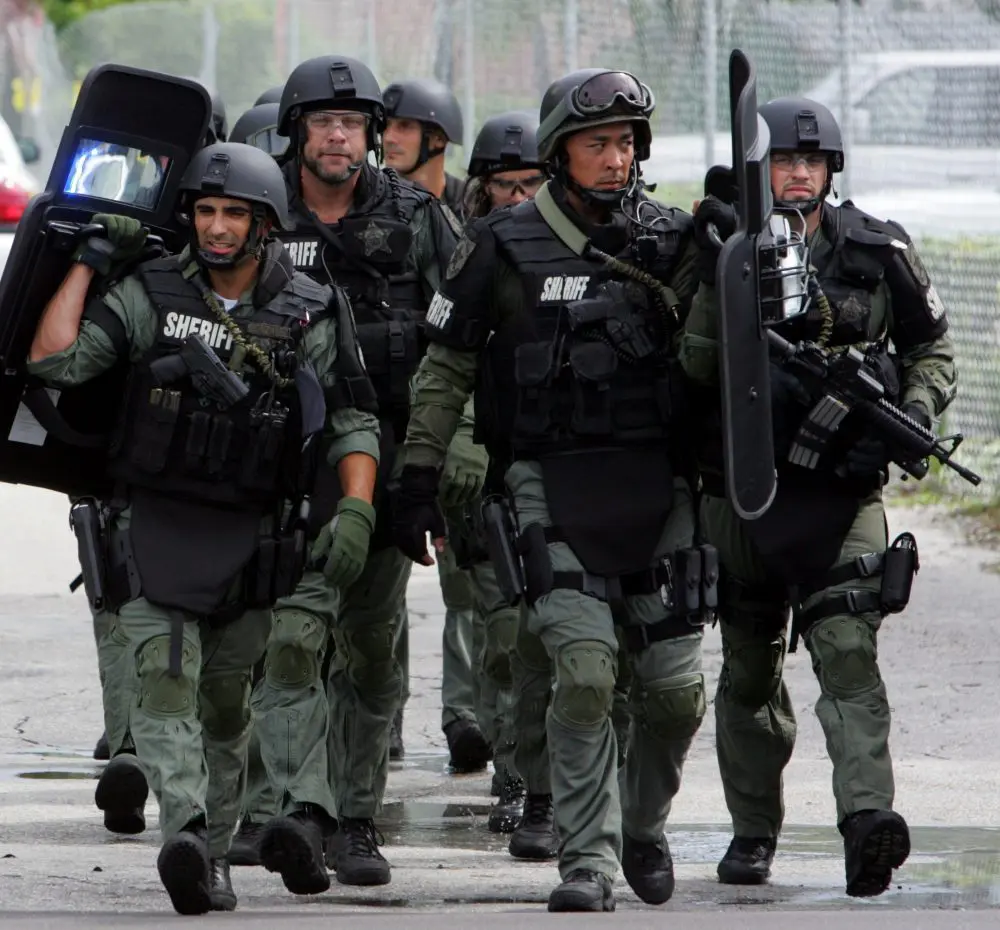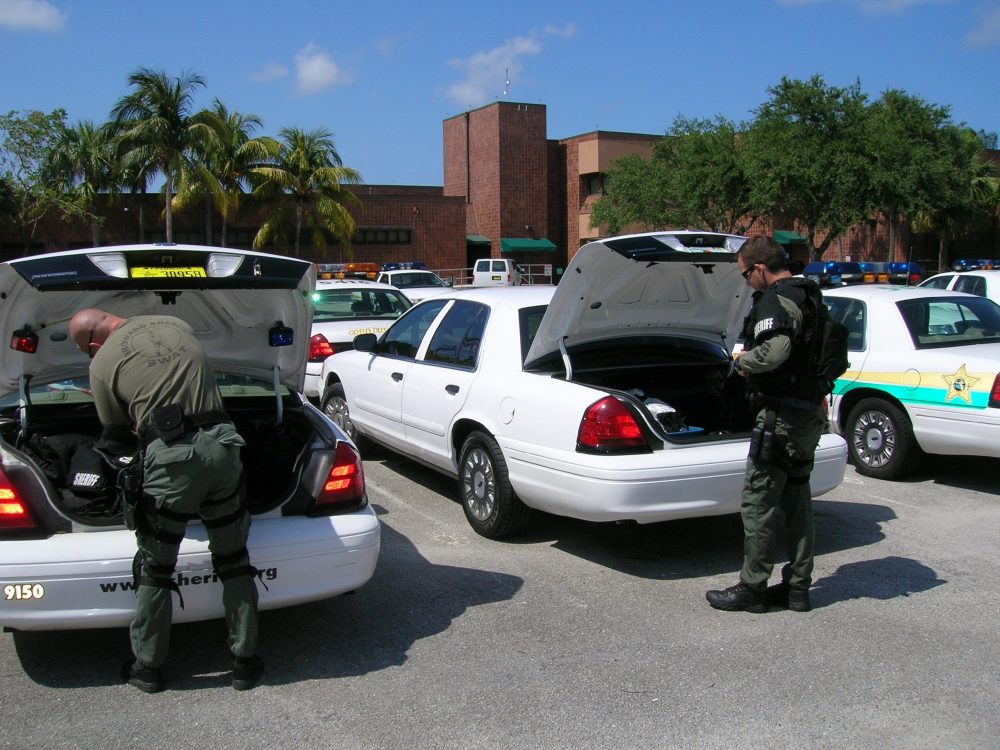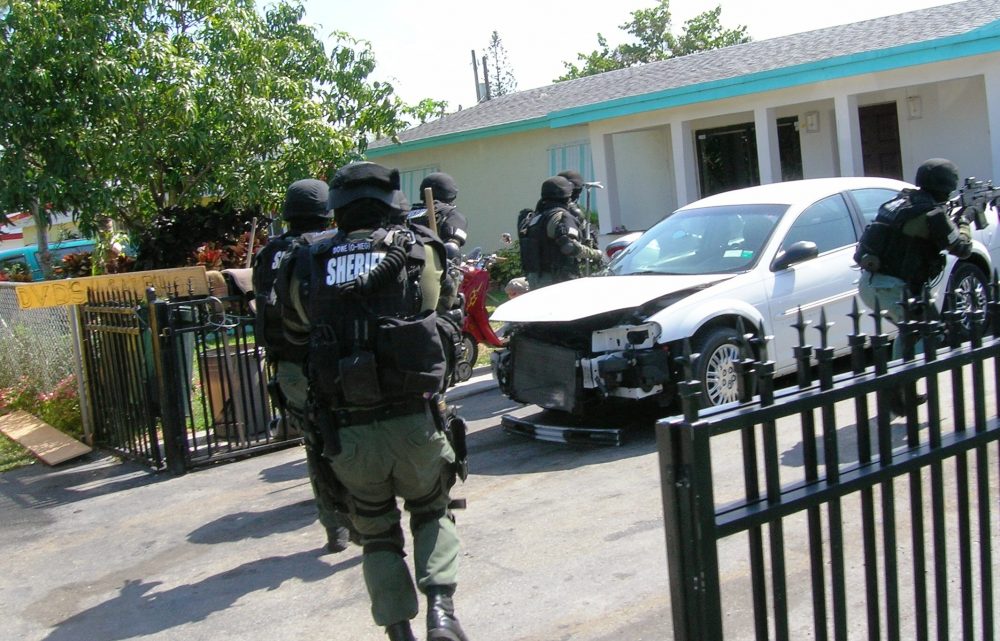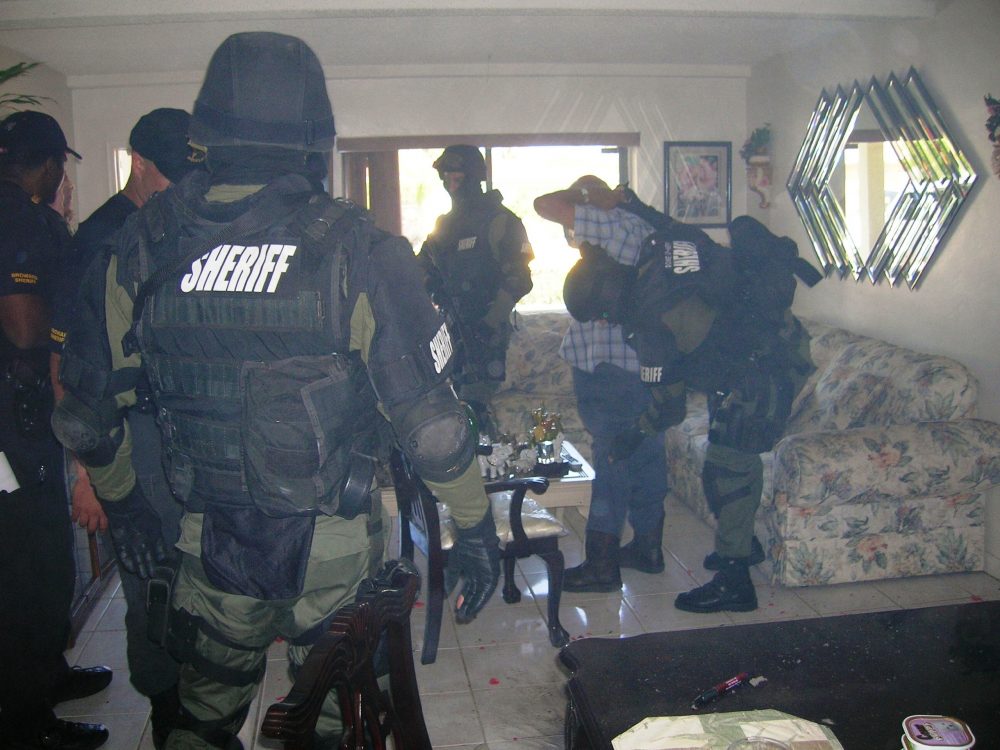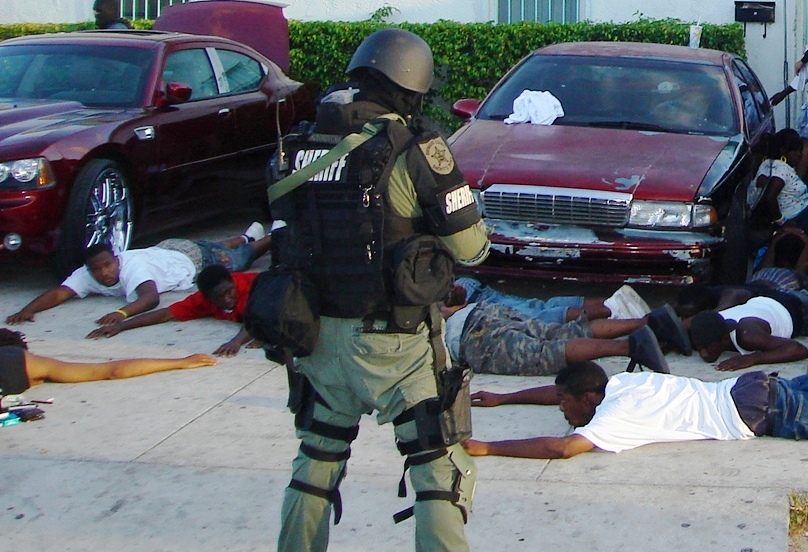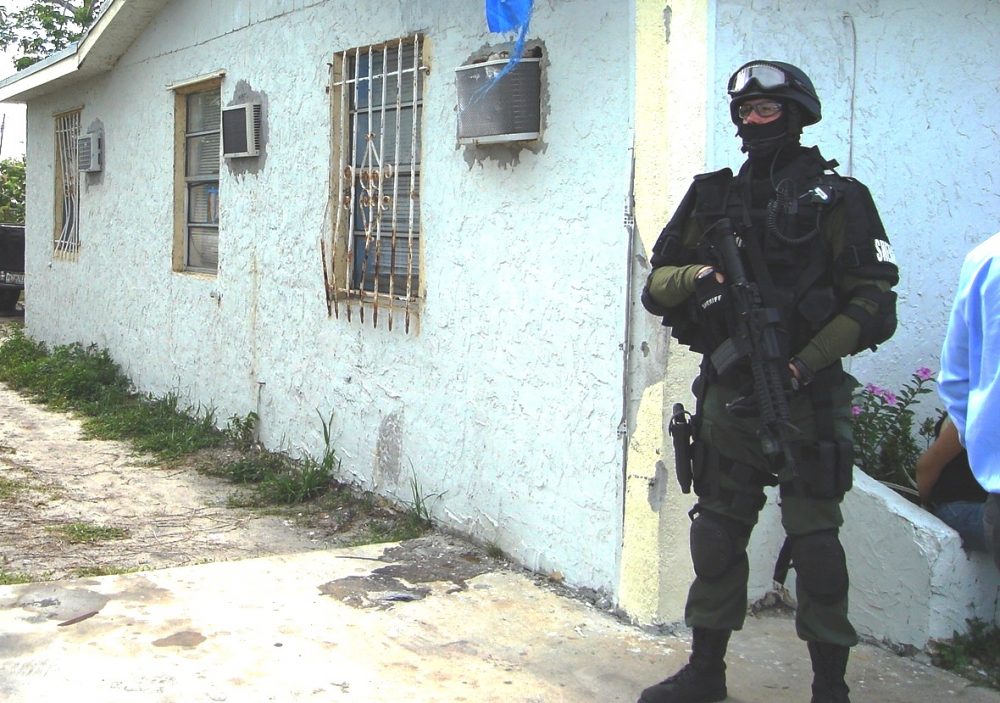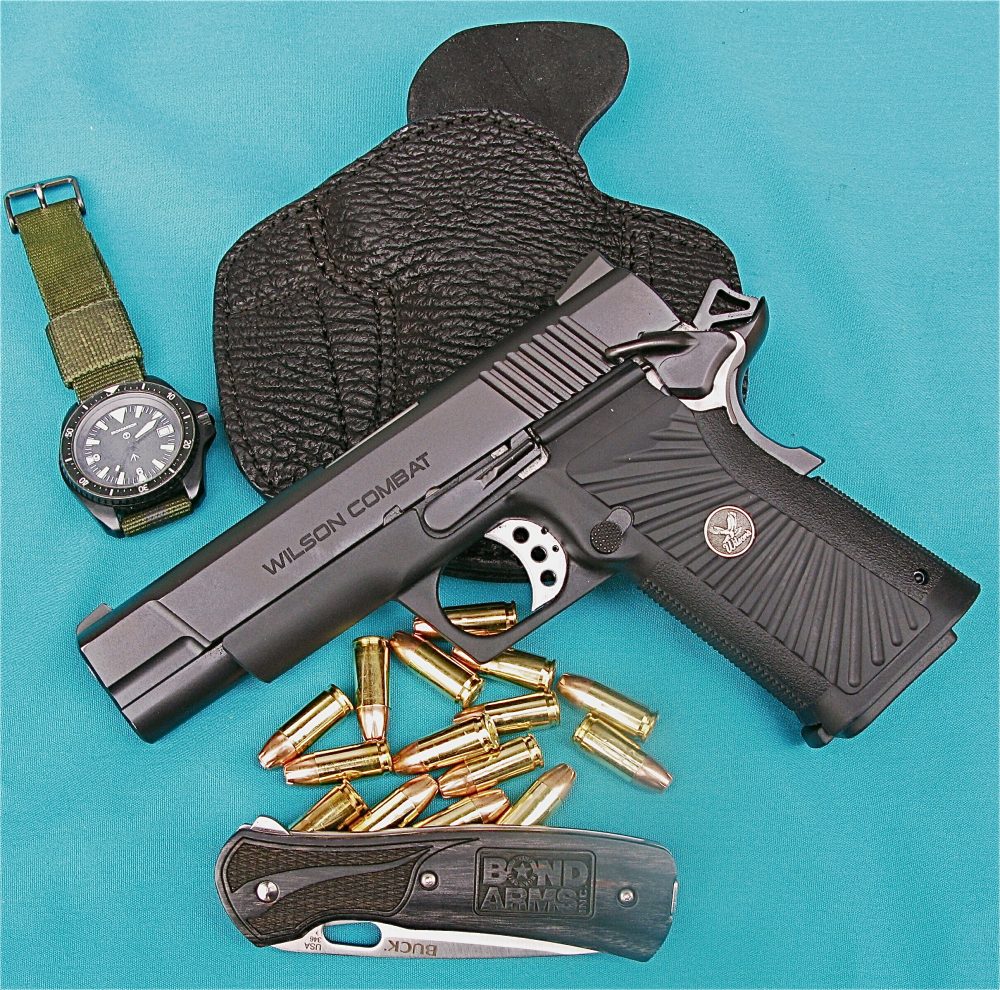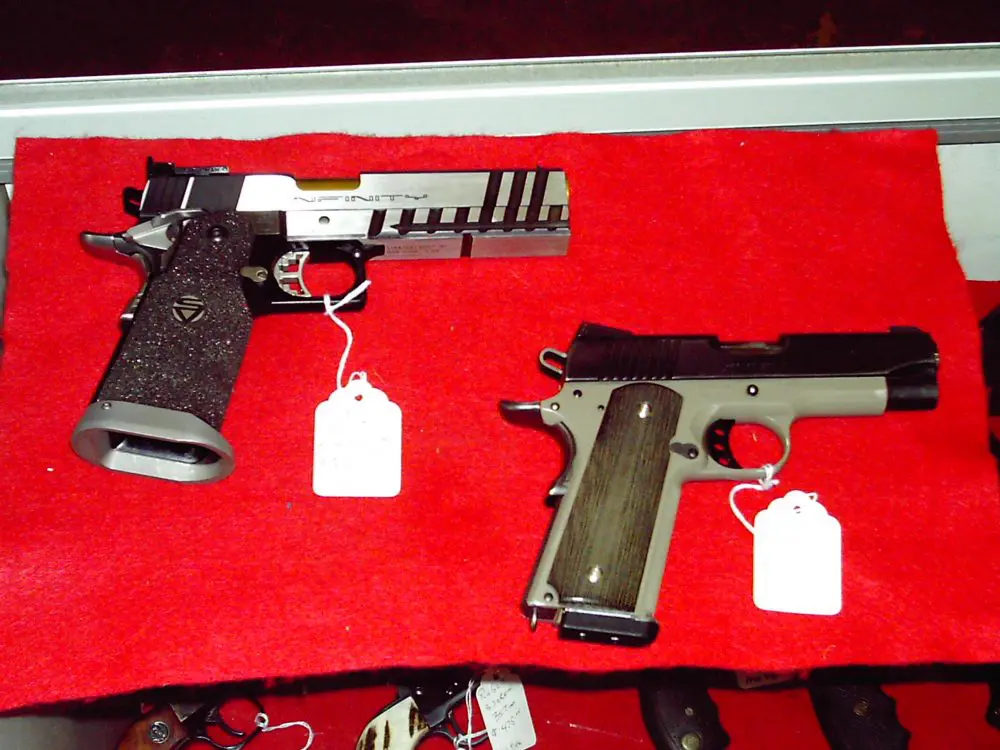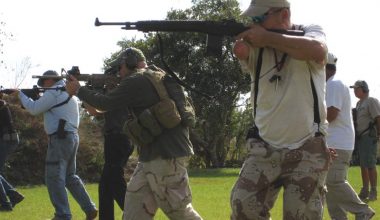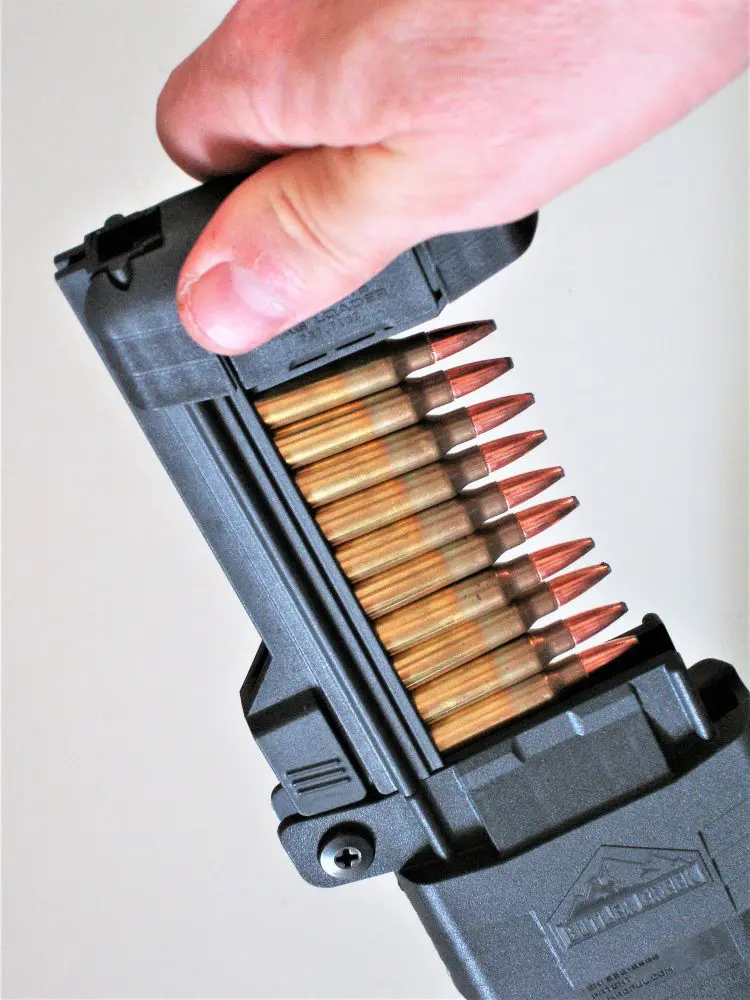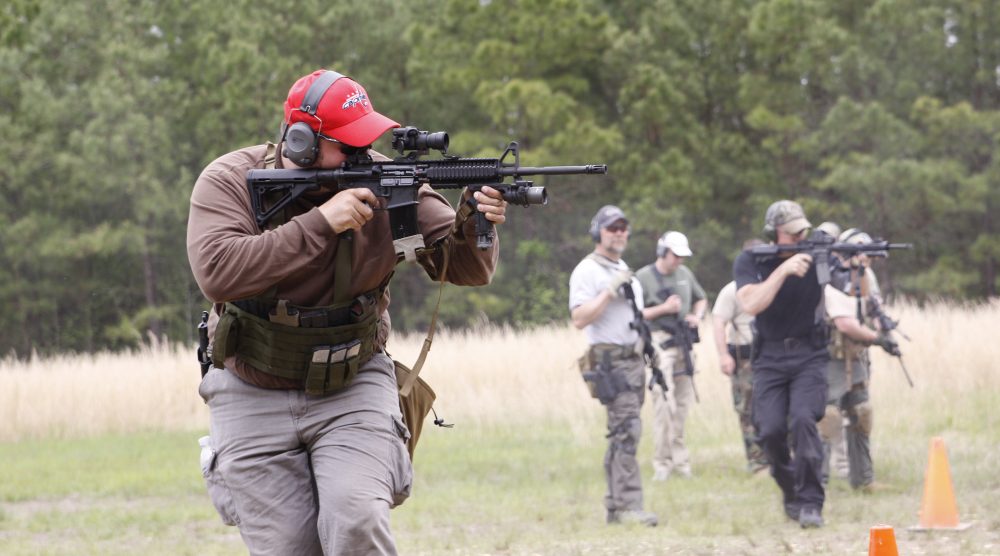Knock knock.
“Sheriff’s Office Search Warrant, Police Search Warrant.”
Wait…wait.
“Breacher up.”
This scenario is played out frequently—unfortunately all too frequently—throughout our great country in an effort to combat illegal narcotics and improve the quality of life within communities.
Every SWAT team or narcotics unit serving warrants must adhere to their state laws and guidelines as well as case law regarding search warrant service. This article will discuss the administrative issues, preparation, tactics and actual service of arrest and search warrants. It’s important for everyone to understand that there is no such thing as “the” way of conducting business and there is no “best” team available to provide this service. So the following information is “a” way and may provide insight to other teams on how they conduct day-to-day business.
Gearing up for the call. Ensure that you are prepared for the “what ifs.”
Table of Contents
WHO?
The first question that arises is what team/unit in your agency provides the duty of search warrant service. It could be a narcotics team, a multi-agency team, a group of officers/deputies or a SWAT (SRT, ERT, TOU, etc.) team. We could argue all the relevant points of each team; however, I’m going to focus on one issue: SWAT service.
The most important reason for choosing a particular team is the investment that each agency has made into a team—equipment, preparation and training are a just few critical issues. We all agree that warrant service can be risky and dangerous and that is exactly why it’s better to have a well-trained team provide this service. This may also help the agency down the road if any civil liability issues arise.
If SWAT team tasks include entry and movement through various structures with the common goal of making everything safe, then why would any agency want another group to provide that service? When a search warrant service arrives, then those who are prepared, those who are equipped and those who are trained are the ones who should proceed with this job assignment—and that is when the agency is rewarded for their investment. When a traffic homicide occurs, most agencies use a traffic homicide investigator for the investigation, because they are trained to provide the most effective service. Utilize the best people who have the tools and resources to complete the job.
Broward Sheriff’s Office (BSO) SWAT making initial approach to warrant service.”
There are many who believe that using SWAT is overreacting and creates a military atmosphere in law enforcement, due to their clothing, gear and firearms. It’s actually smart business, and the trained team is using only the necessary gear to provide a safe resolution to the problem. Remember the bottom line is that SWAT would not be knocking on the door if the subject inside were not suspected of illegal activity. If shots are fired, it’s the subject who made the decision to be shot—SWAT personnel only reacted to the subject’s initial move.
I recommend reading Radley Balko’s OVERKILL: The Rise of Paramilitary Police Raids in America. This focuses on various issues of warrant service and the alleged overuse of SWAT in today’s society. The author makes many points that I truly agree with—and just as many that I don’t agree with. This reading is worth saving as a resource.
“HIGH-RISK” SEARCH WARRANTS
Let’s discuss the issue of search warrant service vs. high-risk search warrant service. Is there or should there be a difference? If your agency uses a matrix and awards “points” for certain aspects of the warrant (e.g., weapons, criminal history), does that point total determine who serves the warrant, narcotics unit or SWAT? Just as there are no “routine” traffic stops, there are no “routine” warrants.
“Routine Warrant Task Ends In Deadliest Day In City Police History”: This was the headline in 2004 when three Birmingham, Alabama officers were shot and killed while serving a misdemeanor arrest warrant involving a domestic assault. There is nothing predictable or routine in law enforcement. Be aware, be prepared and be safe.
Interior view after warrant service: searching the suspect for the safety of all concerned.
WHEN?
Whether it’s an arrest or a search warrant, two other issues are when and how the warrant is served. When the warrant is served can decide success or failure.
Can anyone tell me why law enforcement (LE) continues to serve warrants while subjects are sleeping? There is absolutely no reason why this should occur, as both good guys and bad guys sleep with firearms close to their bed either to protect their family, their property or both. If people are awakened from a sound sleep by breaking glass, breaking doors, yelling and screaming and possibly a Noise Flash Diversionary Device (NFDD), what are they going to do? (Note: The NFDD is a valuable tool to LE. However, the survival of the NFDD remains with the officers who deploy the device in operations and are prepared to defend their actions in court. Review the Massachusetts Supreme Court case Commonwealth v. Garner 672 N.E. 2d 510, 1996.)
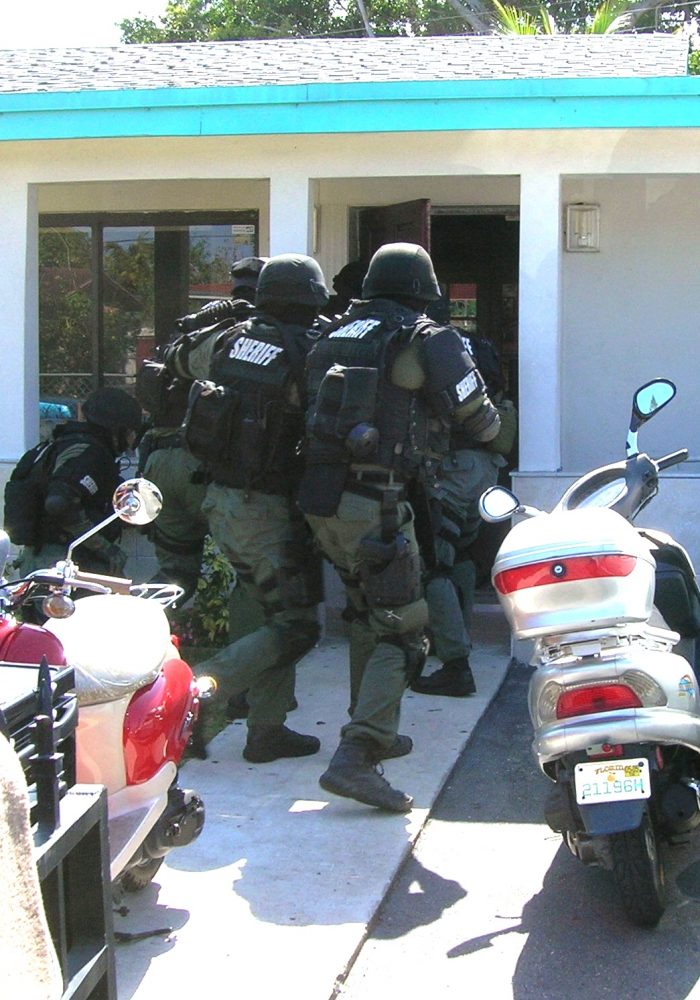
They immediately arm themselves, confusion exists, it’s a dark home with flashlights going on and off, and then they find themselves face-to-face with law enforcement. In accordance with rules of engagement and deadly force policy, shots are fired.
Don’t misunderstand my reasoning: law enforcement must protect themselves and, if confronted with an armed individual, they must ensure that they go home at night. But why is LE still putting their officers in danger and allowing this type of warrant to still be served?
This is a question you must ask yourself the next time there is an 0300 search warrant service being requested. Be a student of the art, learn what works and what goes wrong. When there are shots fired during warrant service, check the time of day, check the entry type and learn from it.
HOW?
If the risk of service is greater than the benefit, then there must be another way of service.
If it’s an arrest warrant and there is no concern for the destruction of evidence, sit on the house with surveillance, wait for the subject to leave, and then take him down by an open-air assault in the yard, a vehicle assault, or a traffic stop with a marked unit. If time is an issue and an apprehension must occur now, provide containment and begin to call out using the house phone, known cell phone or public address system. If this turns into a barricaded situation with a time delay and some necessary evacuations, then that is the cost of doing “safe” business.
There is no reason why every narcotics search warrant must have a dynamic entry, and if you want to say, “We must protect the evidence,” you need to find a new excuse, because that line is old and worn out. Be creative and apply safe tactics to a peaceful resolution.
If you must breach and enter the structure swiftly, remember the clock: after the knock, ensure that a reasonable amount of time has passed before you open that door.
This is done for specific reasons:
- Protects law enforcement from possibly being mistaken as intruders.
- Protects the individual as the property owner.
- May prevent unnecessary damage to property.
- May prevent the use of unnecessary deadly force.
Contact/cover on outside of warrant service.
The debate of what is a “reasonable amount of time” continues and, depending on the courts, is anywhere from 15-20 seconds (United States v. Banks), but again that also can vary due to the environment, the size of the structure, the time of day and the actions of those inside the structure.
Dynamic entries are still at the top of the list for narcotics warrant service. However, due at times to intelligence, we must try another tactic so we do not get caught up in a dynamic entry and the deployment of an NFDD on every warrant.
Let’s start with the criminal history of the target. If that history is filled with known violence and firearms, then is the risk of injury/death worth the benefit of seizing the narcotics?
Remember the basic elements of SWAT: Negotiate, Chemical Agents, Sniper Resolution and the last resort, Entry. Go back to our friend surveillance and wait for the target to leave and then conduct a safe apprehension with a return to the structure for the warrant service. Or consider conducting a ruse, which is defined as “an action meant to confuse or mislead.” This tactic offers a multitude of possibilities: a staged traffic accident out front, a taxi in the driveway, pizza delivery, backing a tow truck up to the target’s vehicle or even having a uniformed officer pull up out front and knock on the door. Use your imagination.
Warrant service is complete. SWAT member stands guard to ensure team members are safe inside.
KIDS
Bad guys have children and, no matter what criminal violation the parents may have committed, if the children are harmed in any way, your team will never recover. Be smart in your plan preparation and make sure you do not have tunnel vision with a dynamic entry. You may have to breach and hold and then call out for the overall safety of the children and the best interest of everyone involved.
DOGS
I have a concern with man’s best friend, and we know that the bad guys are using canines to their advantage and to hinder our plans. I’m not concerned about dogs biting LE, I’m concerned about firearm muzzles traveling and tracking a moving dog for a possible shot.
While this is happening, other team members are moving and then, before you know it, we have a round traveling into a fellow team member. If the only tactic you have in your operational plan for dogs is deadly force, you are setting yourself up for failure and civil liability. Have other plans and resources available—fire extinguisher, chemical fogger (be prepared for this one), NFDD, canine extended pole with a noose, pepper ball gun or anything that will work to your advantage—just make sure you have something!
If intelligence tells you that the target has a history of violence, is known to be armed, lives with his wife and two or three small children, and has a vicious canine that roams the structure, then why would you even consider conducting a dynamic entry?
In order for you to be successful in warrant service, you need to follow the three Ps: Planning, Proven Tactics and Practice. Here are a few basic tips for each category.
Safe return after long call-out.
PLANNING
Ensure that the operational plan and warrant are reviewed for accuracy. Know the route, which includes a completed drive-by with the affiant (the officer who swears to the judge issuing he warrant), driver, point and breacher. During the drive-by, the team looks at all aspects of approach, on the alert for children’s toys and anything that could relate to a canine. Then a briefing is held with everyone involved reviewing known information, duties and responsibilities and watching the drive-by video or photos.
While this briefing is being conducted, surveillance should be monitoring the target location to learn any “real time” information to be shared with the team.
PROVEN TACTICS
You must get inside to serve the warrant, and your breacher must have the talent to open that door without hesitation. Make sure you have a safe number of operators for the inside—I recommend two operators for every room. This number will leave a couple of extra operators to go hands on. Once inside, all operators must know their duties and responsibilities.
PRACTICE
This one is the most important. Practice will not make you perfect, but practice will develop the level of performance that you need to achieve when you’re thrust into a high-stress situation. Teams must practice every aspect of warrant service. I’m a strong believer that for anyone to be considered advanced, they must master the basics … and most of us will never master the basics, therefore keep practicing!
All search warrant service at the Broward Sheriff’s Office (BSO) is reviewed by SWAT command even if SWAT is not being used, just as a matter of “checks and balances” with the overall goal of safety. Policy states that if any “forcible breach” is required, it will be served by SWAT.
GUIDELINES
The following is a guideline on how warrant service is applied at BSO. Remember, there is no “perfect” plan that can cover all possible scenarios, but this one has proven to be successful.
1) Affiant has the operational plan, search warrant application and search warrant approved by primary command and then approved by a judge.
2) Affiant calls SWAT command for a review of paperwork and to schedule a date/time for service.
3) The day before service, the assigned team leader selects a driver (usually a medic), point and breacher to conduct a drive-by with the affiant to ensure accuracy of the description on the warrant, exact location and direction of travel, and to identify a path of foot travel for the team once they exit the vehicle. This also includes taking a video of the target location.
4) An “all hands” briefing is held to review all information, duties and responsibilities, rules and game plan.
- Affiant provides overview of investigation/warrant.
- Driver/point discusses route, direction of travel and shows video taken of route and target location.
- Photos are passed to everyone involved.
- Team Leader (TL) provides line-up, assignments and any information that is necessary to ensure a safe operation.
- TL also provides safety brief to everyone involved, putting out standard set of “dos and don’ts” during the warrant service. These rules are explained and repeated at every warrant service.
- Questions/concerns.
- Check fresh intelligence from surveillance, which has been posted on the location for at least one hour prior to the briefing.
5) Team and affiant travel in one vehicle. Affiant rides with team to verify correct address and provide immediate updates from surveillance team.
6) Target location is secured by SWAT personnel.
7) SWAT TL calls “affiant up.” Affiant takes control of scene and of those who were detained by SWAT personnel.
8) SWAT then provides safe 360° perimeter around structure until relieved by affiant or command.
9) Once relieved, full debrief is conducted to review service from start to finish in effort to identify areas of improvement.
FINAL WORDS
Words have meaning and some hold more value than others. What if your team provides service on a narcotics warrant and deadly force is used? If your team uses the phrase “search warrant execution,” it may have an impact on potential witnesses or jurors, and I don’t mean a positive impact. I may stand alone on this, but I will stick with the phrase “search warrant service” as opposed to “search warrant execution.” An attorney may say, “Officer, in your report you referred to this incident as a search warrant execution, and that is exactly what you did to my client!” Simple things can create large problems.
Good planning and preparation can make search warrant service—on both sides of the badge—safer for everyone.
